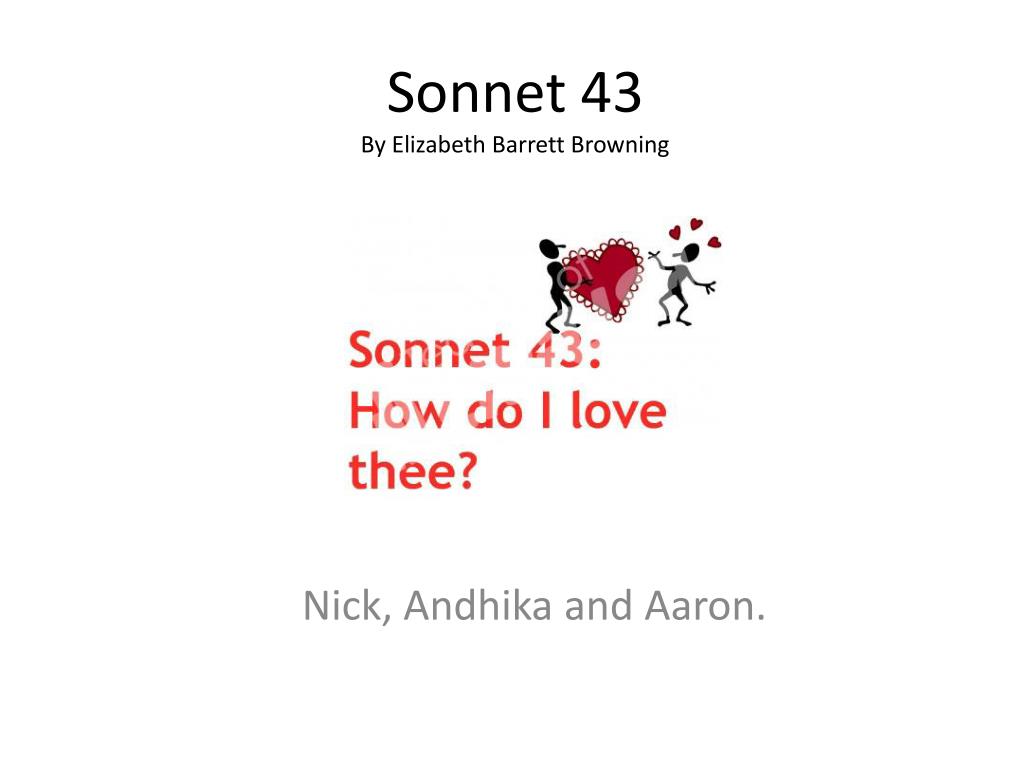

But during the day, the poet grieves, for then the youth's absence is most acute. For example, the poet says that at night he is content because he best sees the youth in his dreams: The youth - a "shade" - casts off light that illuminates his beauty. Images of reversal are prevalent, and all of them address how the young man affects the poet. Human translations with examples: 43, soneto, sonnet, broken sonnet, tula ng liriko, ano ang soneto, soneto ng buhay.

Read every line of Shakespeare’s original text alongside a modern English translation. bright in dark" in Sonnet 43 is echoed in "bright," "light," "night," "sightless," "nights," and "night's bright" in the other sonnets.In Sonnet 43, the poet surmises that his only consolation in being separated from the youth is at night, when he can dream of the youth's beauty. Contextual translation of 'sonnet 43' into Tagalog. Actually understand Shakespeares Sonnets Sonnet 43. " Three rhyme links to Sonnet 44 - "so"/ "slow," "stay"/"stay," and "thee"/"thee" - reveal a closely unified theme. Note the curious double use of "shadow" and "form" in "Then thou, whose shadow shadows doth make bright, / How would thy shadow's form form happy show. Throughout this new sequence, different meanings of the same words are developed in versatile constructions and juxtapositions.
#Sonnet 43 series
The next sonnet series on absence begins here with Sonnet 43 and continues through Sonnet 58. Although the poem is traditionally interpreted as a love sonnet from Elizabeth Barrett Browning to her husband, the poet Robert Browning, the speaker and addressee are never identified by name. It is her most famous and best-loved poem, having first appeared as sonnet 43 in her collection Sonnets from the Portuguese (1850).

#Sonnet 43 full
Full Glossary for Shakespeare's Sonnets Let me count the ways is a sonnet by the 19th-century poet Elizabeth Barrett Browning.


 0 kommentar(er)
0 kommentar(er)
